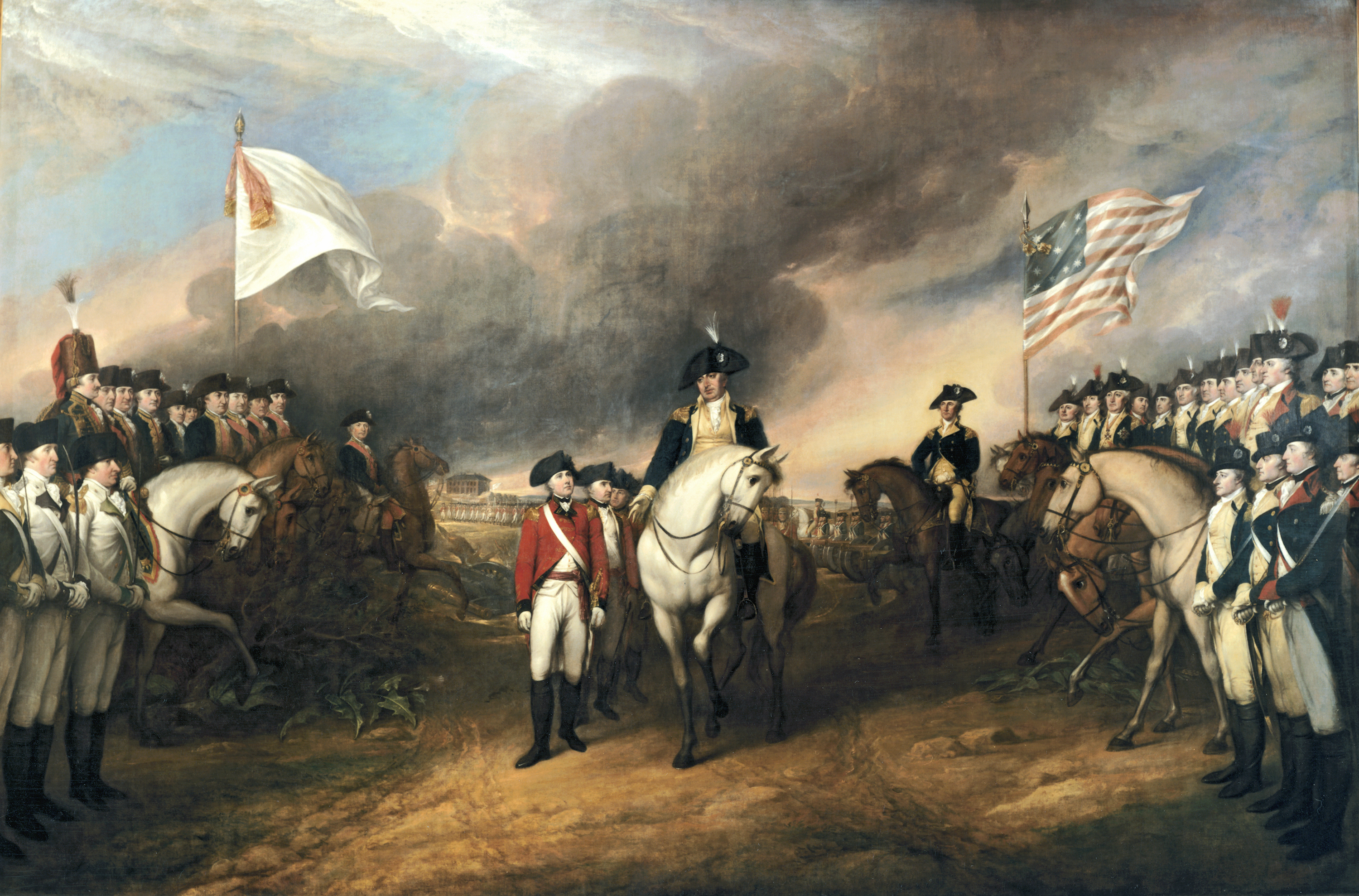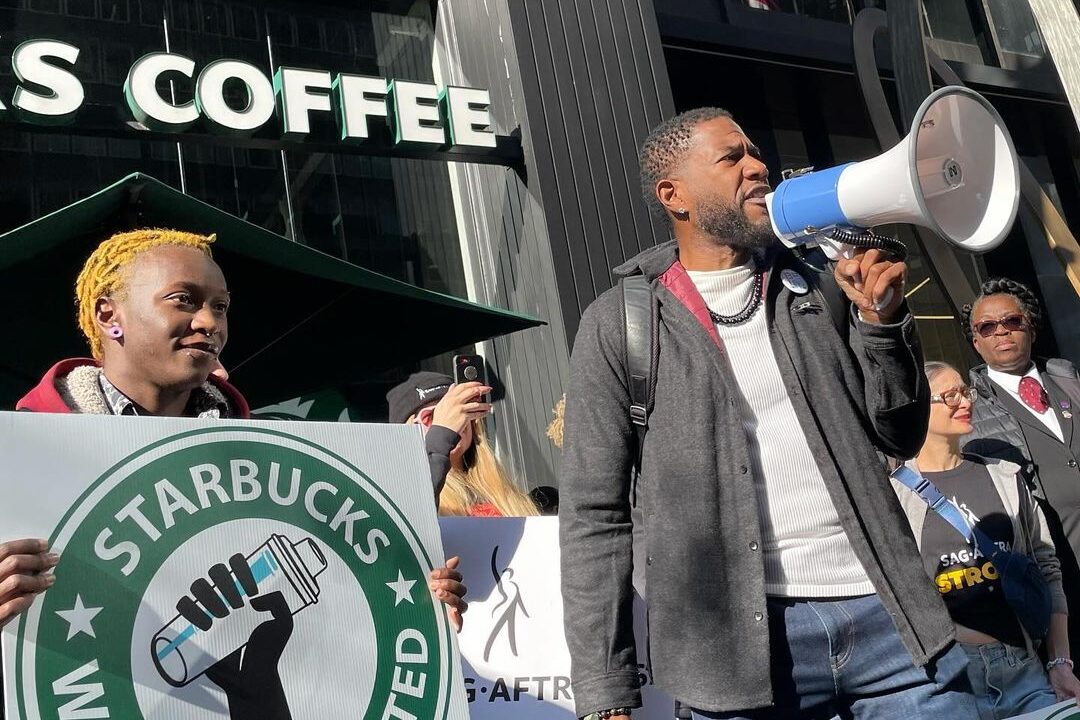It’s not like Battle of Yorktown, the surrendered paraded past the Continental Army as the band plays “The World Turned Upside Down.”

It’s not like March 21, 1965, the start of the march to Montgomery from Selma, after the courage and bravery of the previous bloody battles on Edmund Pettus Bridge broke the back of Alabama’s segregationist leaders and made Lyndon Johnson stand before Congress and proclaim, “We shall overcome.”
Victory rarely looks like that. The cathartic moment, the proud, public, defeat of your foes, and the triumph of the righteous.
You just don’t get that a lot. Victory often looks kind of boring.
That’s what it looks like this week. An innocuous 171-word statement (wordsmithed to death, I have no doubt, by both sides), most of which doesn’t say all that much. But these words, in the shared document Starbucks Workers United and the company released the afternoon of February 27, 2024:
During mediation discussions last week for the ongoing brand and IP litigation, it became clear that there was a constructive path forward on the broader issue of the future of organizing and collective bargaining at Starbucks. Starbucks and Workers United have agreed to begin discussions on a foundational framework designed to achieve both collective bargaining agreements for represented stores and partners, and the resolution of litigation between the union and the company.
That is what victory looks like, and it’s glorious.
The challenge with organizing a company like Starbucks is one of scale. Individual stores are tiny, with a handful of workers. One store’s workers bargaining against a behemoth like Starbucks? Forget about it.
This is why it’s hard to organize fast food, small retail, and all the rest. You could do it back in the 1920s, like Dorothy Sue Cobble has written so well about, when coffee shops were all individually owned, and the workers could sit down at the table with management on something like even terms. But the growth of mega-corporations has shifted the balance so much, most people would have said it wasn’t worth trying.
So I have to imagine this was the plan. On the ground: a relentless drumbeat of union elections, store by store. Twenty-one new elections announced just last week. In the air, videos and stories and strikes and marches and university demonstrations and Congressional hearings, keeping things alive, keeping hope alive in workers who have been waiting for more than two years before the National Labor Relations Board, Joe Biden’s labor board, a pro-union president’s labor board, fighting and winning case after case. In corporate boardrooms, a looming shareholder revolt.
One thing after another. Keeping it up while the company stonewalled. While the company ignored labor law, fired workers, and made clear they would never break.
This must have been the plan – keep the pressure up, along every possible vector, in every possible venue, until it became clear to the company that this was never going away.
We’ll never know which thing it was, which piece sent things toppling. But sometime, not all that long ago, in some room at Starbucks HQ, some people were sitting around a table. They must have growled and raged and fumed at the perfidy of the union, and reassured themselves they were right and would fight to the end. But then – I wasn’t there, I will never know for sure, but I’d bet almost anything this is how it happened – someone in that room shrugged their shoulders and said, “maybe we should just cut a deal with them.”
And that’s what they did. The details are nonexistent right now, and there’s so much we don’t know, but Starbucks Workers United and the company came to an agreement. That’s what unions seek – an agreement with the company. The union has been working for two and a half years, and they finally got it.
Presumably, the agreement will resolve all the standing labor board charges. It might include a national neutrality agreement. It might include a national master contract, regional contracts, or all things that haven’t occurred to me yet.
But whatever the details, it’s a victory. The company blinked. The pressure campaign worked.
Starbucks Workers: you are all heroes, and this moment, this victory… it is yours forever. Carry it proudly. You earned it. Solidarity.

